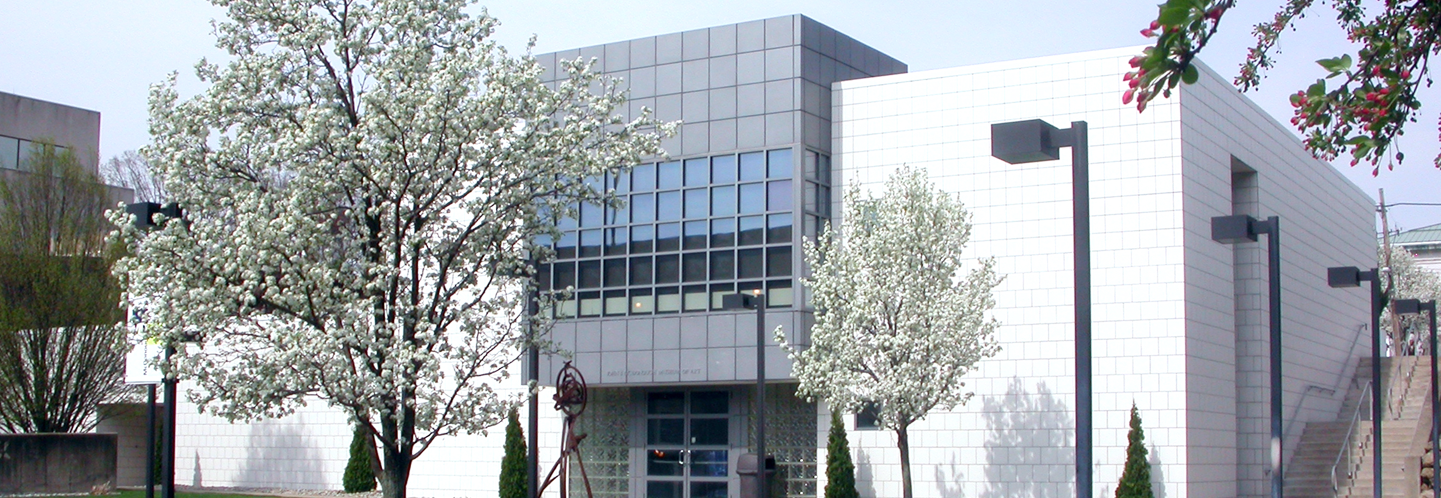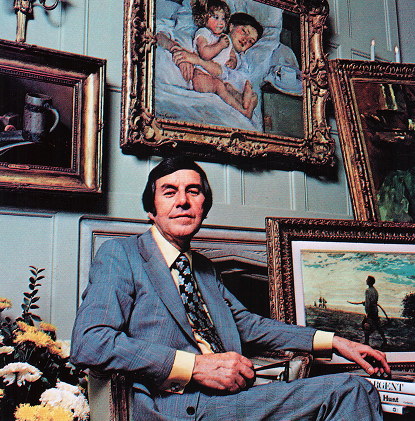
History
Our story and architectural heritage
The John J. McDonough Museum of Art, founded in 1991, is the University Art Museum for Youngstown State University and the Valley’s Premier Center for Contemporary Art. Internationally known architects Gwathmey Siegel & Associates, who worked together with the then local firm Ricciuti, Buchanan and Balog, designed the 20,000 square foot facility. Paul Ricciuti participated in the dedication ceremony held on October 26, 1991. The museum stands as a testament to modernist design in its simplicity and sensitivity to the site. Gwathmey was known for his ability to create buildings that “seamlessly blend into the urban fabric.”
